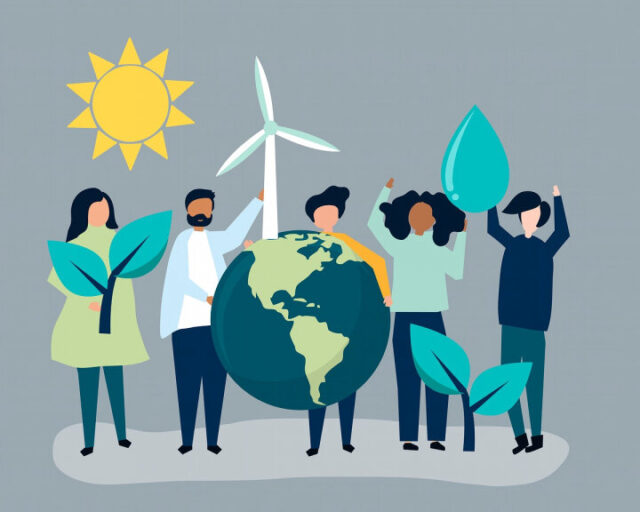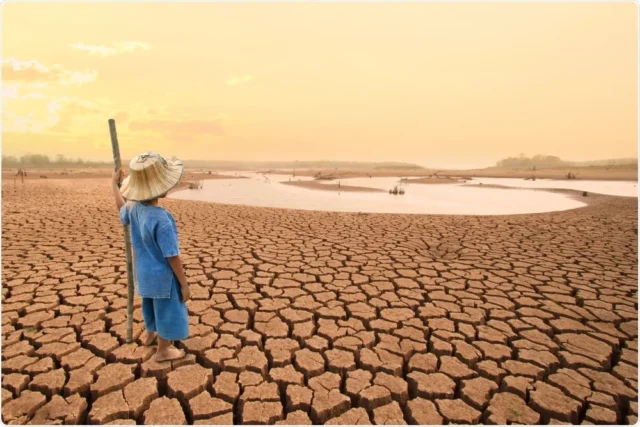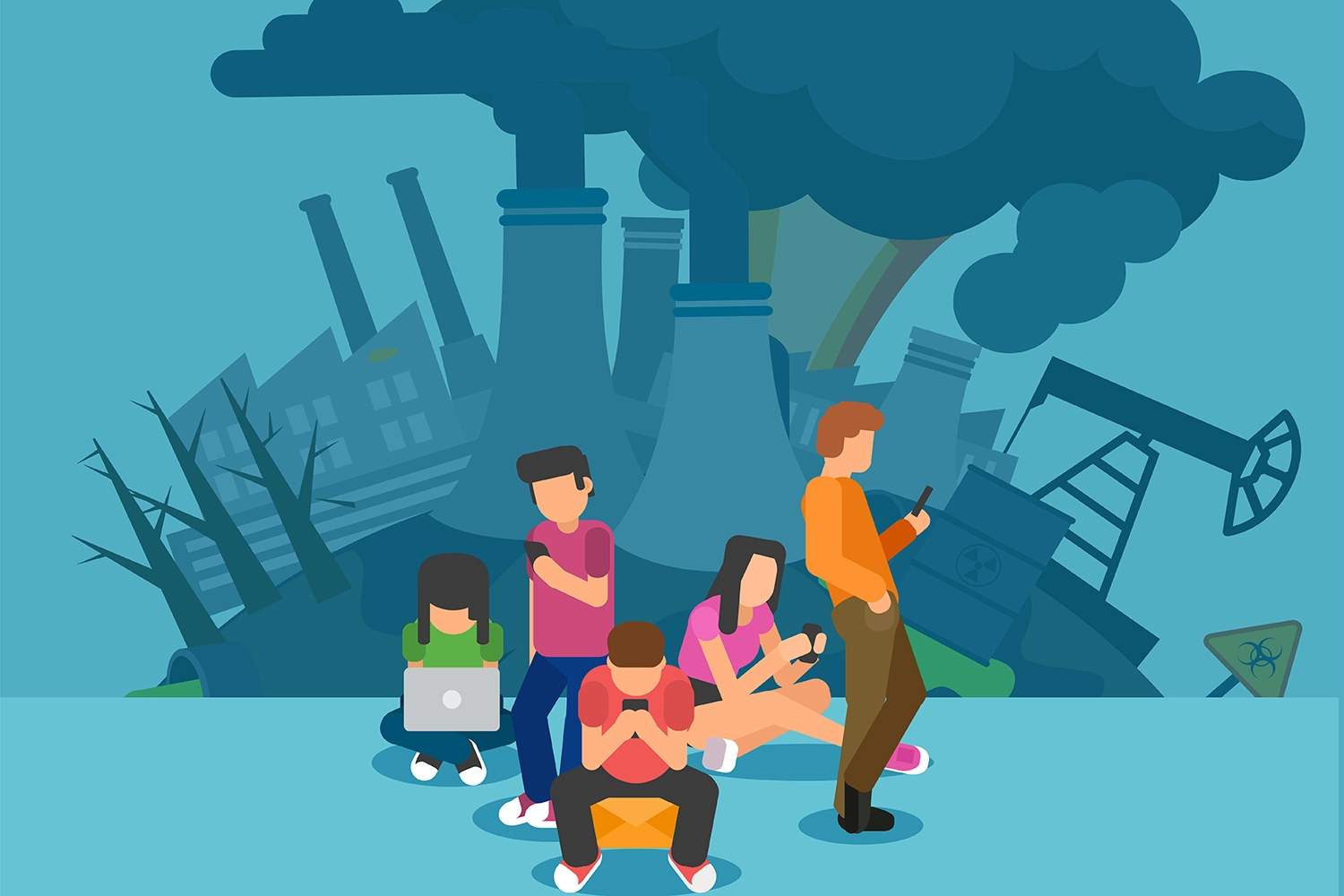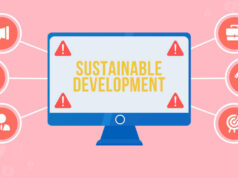Climate change is not merely an abstract scientific concept; it stands as a palpable and pressing global crisis with profound consequences. Effectively communicating the impact of climate change is essential to mobilise action, foster comprehension, and instigate policy changes. In this article, we will delve into the significance of bridging the divide between science and society when it comes to comprehending the impact of climate change.
Climate change results from human activities, primarily the emission of greenhouse gases such as carbon dioxide (CO2), methane (CH4), and nitrous oxide (N2O). These gases trap heat in the earth’s atmosphere, leading to a gradual escalation in global temperatures, known as global warming.
The Communication Challenge

Effectively communicating the impact of climate change can be a formidable task due to its complex and interconnected nature. Several key challenges must be addressed:
- Scientific Complexity: Climate change is a multifaceted issue laden with scientific terminology that can prove challenging for the general public to grasp.
- Psychological Distance: The global scale and long-term nature of climate change can render it remote and abstract to individuals, potentially leading to apathy or denial.
- Skepticism and Misinformation: Climate change skeptics and misinformation campaigns can sow doubt and confusion, hindering efforts to raise awareness.
- Economic and Political Interests: Economic and political considerations can influence public perception and policy decisions pertaining to climate change.
- Overwhelming Nature of the Issue: Climate change can be overwhelming, engendering feelings of powerlessness and inaction.
Bridging the Gap

To bridge the chasm between science and society and communicate the impact of climate change effectively, several strategies can be employed:
- Clear and Accessible Communication: Scientists and communicators should employ plain language and visuals to render climate science more accessible to the general public. Avoiding jargon and presenting information in a relatable manner can enhance comprehension.
- Storytelling: Personal anecdotes and narratives can humanise the impact of climate change, making it more relatable and emotionally engaging.
- Local Relevance: Emphasise how climate change affects local communities, ecosystems, and economies, as people are more likely to engage with issues directly affecting their lives.
- Visual Evidence: Visual evidence, such as photographs, videos, and infographics, can offer compelling depictions of climate change impacts, rendering them more tangible.
- Reliable Sources: Encourage individuals to seek information from credible and peer-reviewed sources to counteract misinformation.
- Community Engagement: Involving communities in discussions and solutions concerning climate change can empower individuals to take action and foster a sense of collective responsibility.
Examples of Effective Communication

Several organisations and initiatives have excelled in communicating the impact of climate change:
- The Intergovernmental Panel on Climate Change (IPCC): The IPCC distils complex scientific findings into clear, accessible summaries for policymakers and the public. They employ visuals and plain language to effectively convey their messages.
- National Geographic: Through its magazine, documentaries, and online content, National Geographic has effectively communicated the impact of climate change on ecosystems, wildlife, and communities.
- Climate Reality Project: Founded by former U.S. Vice President Al Gore, this organisation focuses on education and advocacy, training thousands to communicate the urgency of addressing climate change.
- NASA’s Climate Change Website: NASA’s comprehensive website provides a wealth of information, visualisations, and data on climate change, making complex scientific concepts more accessible to the public.
- Local Environmental Organisations: Many local environmental groups collaborate directly with communities to raise awareness about the local impacts of climate change and engage citizens in mitigation and adaptation efforts.
The Role of Education
Education plays a pivotal role in bridging the gap between science and society regarding climate change. Incorporating climate change education into school curricula at all levels can help nurture an informed and responsible citizenry. Additionally, public awareness campaigns, workshops, and seminars can help adults better grasp the impact of climate change and the actions they can take.
A Collective Responsibility
Bridging the divide between science and society concerning the impact of climate change is not solely the responsibility of scientists and communicators; it represents a collective undertaking that necessitates the engagement of governments, businesses, educators, and individuals.
Climate change is not a future predicament; its impact is manifesting now. Effective communication stands as the key to galvanizing action, instilling a sense of urgency, and constructing a sustainable future for all. It is a challenge that warrants our attention, commitment, and cooperation, as the impact of climate change touches us all in the long run!







